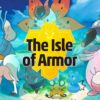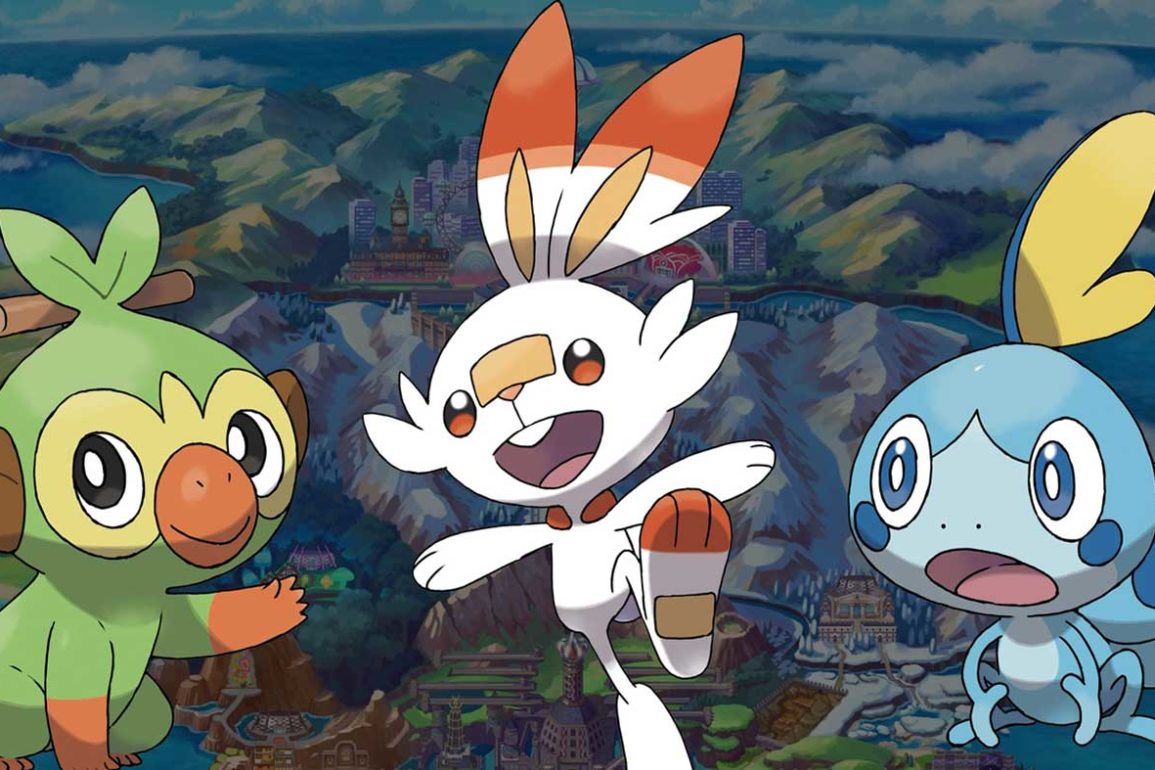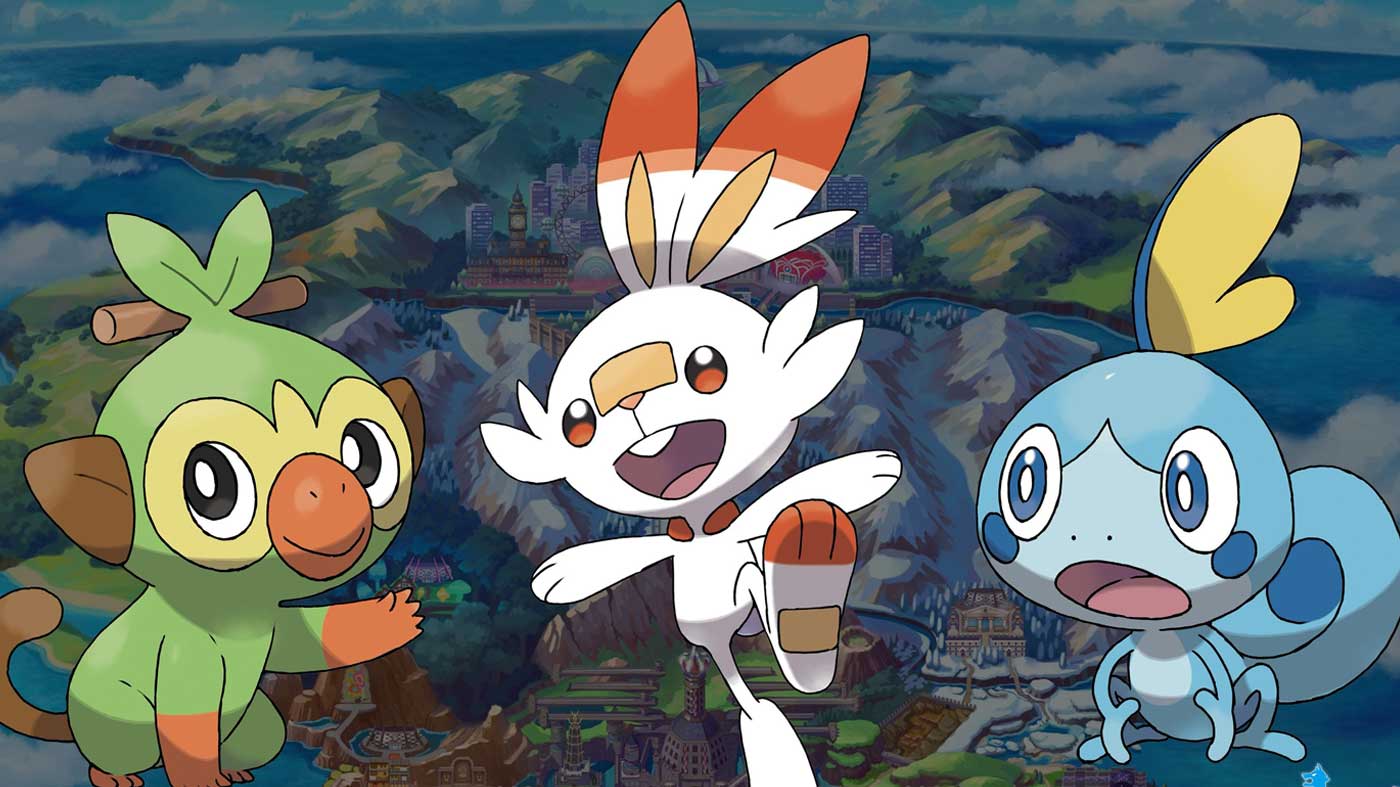“Back in my day, we only had 150 Pokemon to catch – and we had to trade with cables to do it!” I growl at an imaginary crowd of youths, while throwing Ultra Ball after Ultra Ball at a damn Pokemon while holding down and B, because we all know that’s the secret way to make the capture work. Coming a long way from the masses of greyscale pixels and janky electronic monster cries of its past, the Pokemon series is now twenty-one years old in the Western world, and has brought forth a bright new adventure in the form of Sword and Shield. But it hasn’t been all smooth sailing for the Nintendo Switch’s first full-fledged Pokemon titles – while the games take us to the UK-inspired Galar region with new ways to battle and a swathe of strange creatures to capture, series veterans have been less-enthralled about some of the changes that Game Freak has brought forth.
A new generation of Pokemon games brings forth a new region, and Sword and Shield takes place in Galar. Heavily inspired by the United Kingdom, the region’s influences are obvious; from the naming of the towns (Postwick, Circhester and Stow-on-Side) and the architecture of the cities to the idyllic countryside and monuments around the region. Not only that, but the environments feel vibrant and fun to explore, looking visually great and textured (even if they probably could have pushed them a bit more). The region’s Trainers get a makeover – Team Yell is a direct riff on British Punk culture, and the policemen are dead-ringers for modern day bobbies. The character models look good, but could use a bit more expression, and still have a very strange way of turning on a dime while their character walks – it just isn’t 100% there yet. You take the role of the player character on a journey to defeat Galar’s Champion Leon, while competing against your best friend and rival (and Leon’s little brother) Hop. Along the way you’ll meet challenges and battles that attempt to stop you in your tracks as you uncover Galar’s mysterious Dynamax phenomenon, and an ancient lore passed down through generations. It’s the stock-standard Pokemon story, and to be honest it feels a little weak and half-baked this time around.
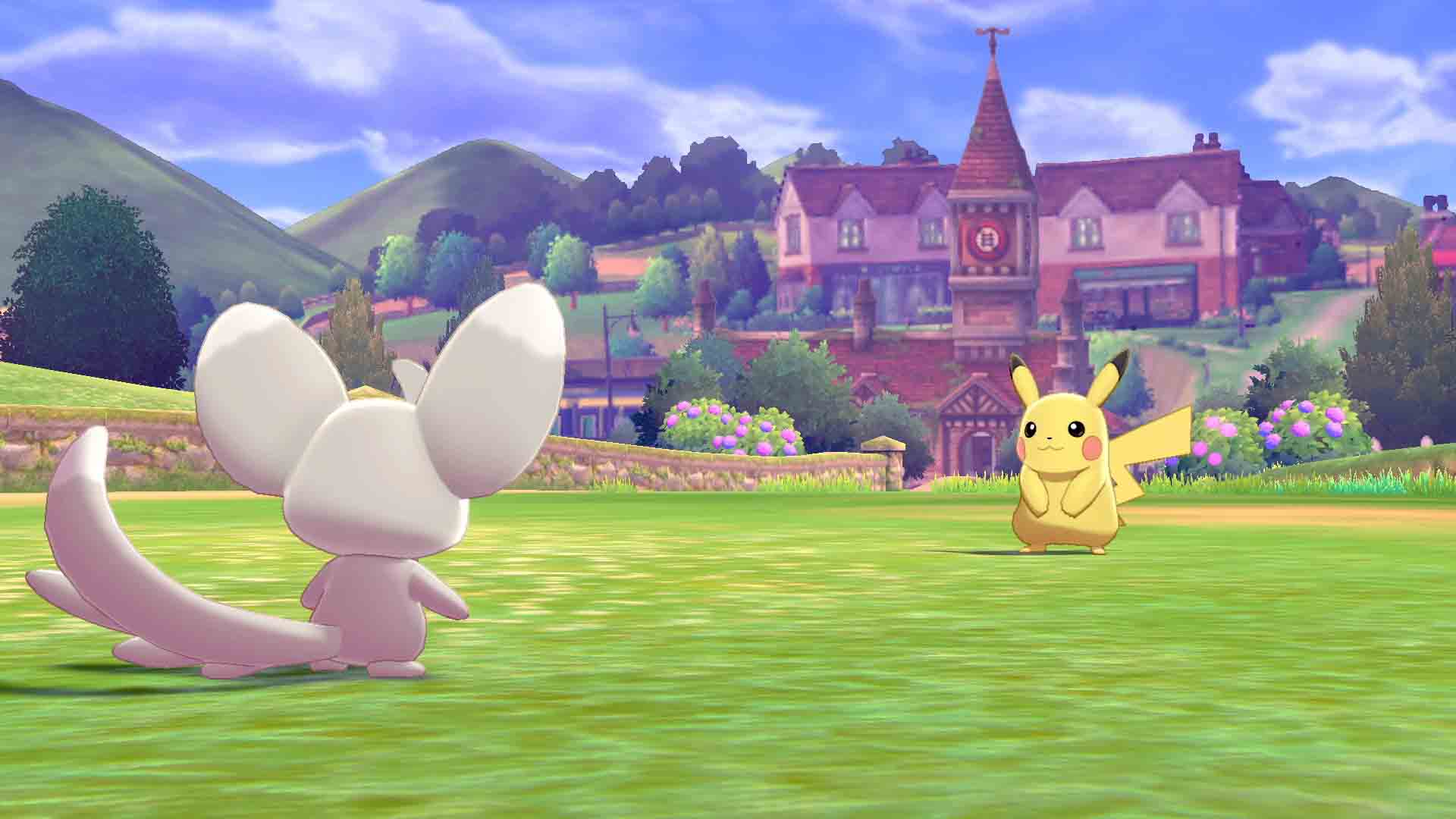
Like with Pokemon Sun and Moon, there are Galarian forms for particular Pokemon, and even new evolutionary branches for originals – for instance, Galarian Meowth gets a new evolution into Perrserker (instead of Persian) and the Galarian variant for Linoone gets a Gene Simmons-esque third stage evolution into Obstagoon. The idea behind regional variants is cool, and that Game Freak is adding these into the series makes more sense than simply adding a hundred or so new monsters for every generation. But for those of you looking to fulfil the original game’s mantra of Gotta Catch ‘Em All, prepare to be disappointed – the Galar Regional Pokedex is limited to a select number of the overall total Pokemon (now at about 890). The move has enraged longstanding collectors and players who engage in the meta-game, and while I can understand the anger, personally I find the idea of trying to capture 890 Pokemon a little daunting, even if some of them are transferred from previous games.
The game also shifts the way you can catch Pokemon as well – while grassy patches and Pokemon appearing in the overworld still exist, the addition of the Wild Area provides an MMO-like zone where players can bump into each other, camp with your Pokemon to restore health and build friendship (which is fun for a while) and seek out Pokemon in different areas to capture and train. Think of it as almost a grinding zone where you can train, catch and battle. You can also band together with other Trainers online to battle in Max Raid Battles, where you and three other players fight against a Dynamax-ed Pokemon in what is almost a Pokemon Go-style raid. The Wild Area changes the way you can catch Pokemon too – where previous games focused around defeating Gyms to be able to train certain levels, Sword and Shield gives you access to ultra-strong Pokemon early, but prevents you from having the ability to catch them until you’ve got a Gym Badge that allows you to. Some of the funniest moments in the game occur when you spot a higher-level Pokemon (or it spots you, in most cases) and it begins to chase you. If you need a laugh, just hit up the internet for chase videos and you’re bound to be entertained.
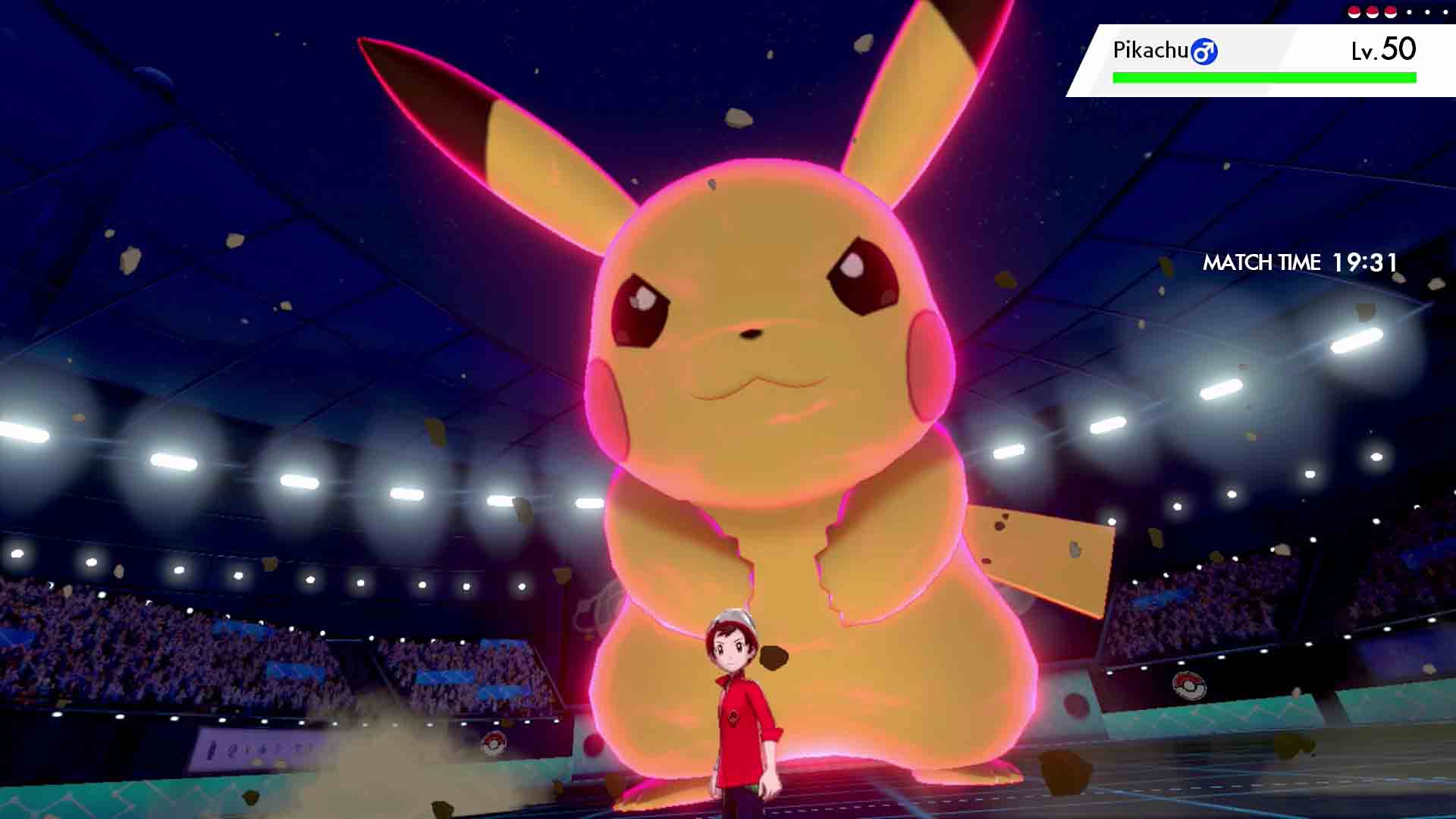
Not wanting to be outdone by previous fancy features such as Mega Evolutions and Z-Moves, this time around Game Freak has introduced ‘Dynamax’ battles – Pokemon can Dynamax and become gigantic for three turns. These can only be used once per battle and on a single Pokemon, which boosts the Pokemon’s stats and changes the moves into Max Moves based on the move type. Dynamaxing can only be done in certain areas of the game such as Gym Battles or in Max Raid Battles. A select subset of Pokemon can take this one step further and use ‘Gigantamax’, which is basically Dynamaxing but on steroids, making the Pokemon even larger and adding a G-Max Move.
One thing I appreciated about Sword and Shield was a return to basics when it comes to Gym Battles, however Game Freak have added a twist that is reminiscent of the Island Trials from Sun and Moon. Players must complete a task alongside trainer battles before facing the Gym Leader, which takes place in a gigantic soccer-like stadium (again throwing back to that UK influence) and encourages Dynamax battles. Rather than being locked away in a tiny little warehouse and battling your way through trainers, this made it feel more like how it should be – a grander scale for a more intense battle. The fact that the Gym Leaders interact with the game a lot more than some previous titles makes them more interesting characters.
The game isn’t without its gripes though; a lot of the content feels underdeveloped or extremely basic. The plot has a build-up that seems to trail off midway through and becomes extremely unrewarding towards the end of the main campaign. Camping gets old quickly and effectively feels like a team version of Pokemon-Amie from X and Y or Pokemon Refresh from Sun and Moon; you can fill up your Curry Dex, but there’s only so many times you can add Berries and random ingredients to a pot before it stops being fun. Dynamaxing is fun to begin with, but once you’ve done 3-4 Max Raid Battles, they become very stale and similar; although in the heat of battle (especially against Gym Leaders) it brings the excitement back. The Y-Comm system used for online communication and play also feels like a step back from the Player Search System and Festival Plaza modes, especially considering you can’t actively tell if a friend is online and playing without pausing the game and checking your Switch friend list.
While looking good, the game could feasibly look better than it does, and it honestly felt like we are at a point where maybe it is time characters get voice acting akin to the Fire Emblem series, as the characters’ mouths are moving, but all we see is text. Add to that the blank repetitive character expressions, and it just ends up another letdown in a list of things that we thought maybe could have been done better this time around.

